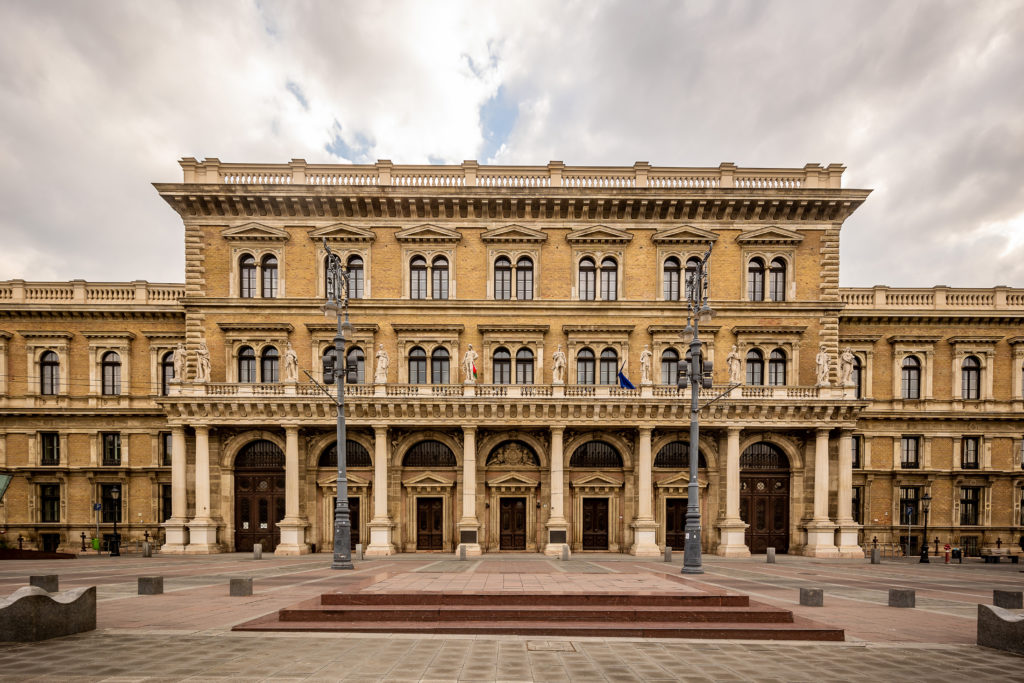Corvinus research: How many minutes does it take to see if a team will be successful or not in an escape room?
According to the authors working under the leadership of the network science researcher of the Corvinus University of Budapest, escape rooms, which can be considered as social laboratories, too, are useful scenes for the examination of team dynamics, social relations and cooperative problem solving.

The researchers examined 40 Hungarian teams of 4 or 5 people, who had no experience with escape rooms. An escape room is a kind of ‘board game’ with live players, as well as a form of entertainment, in which the participants have to cooperate as a team, in a non-routine environment, in solving various tasks under the pressure of time – finding clues, opening locks, deciphering codes – so that they could get out of the room in one hour. The analysis of the video recording of social interactions showed that in average 30 short (3-second) interactions took place in one minute among the team members. These were mapped to time networks, and thus it was possible to record the framework structure of the communication among team members.
Emotional dynamics and division of labour in time
Based on the results, although the numbers of interactions full of emotions (positive or negative) were identical in successful and unsuccessful teams, the members of successful teams conducted better-balanced communication among each other from emotional aspect. In the unsuccessful teams, however, emotional polarisation took place, i.e. usually only one or two players communicated with emotions. In the initial phase of the game, unsuccessful teams probably concentrated on the task less, as they initiated a higher number of positive emotional interactions than the average. However, the ratio of these interactions drops quickly with time. Interestingly, in the successful teams, there were a lot of negative interactions until the end of the game, which implies that a minimum level of tense communication may be advantageous for collective problem solving. Group interactions make up as much as one fifth of all interactions, and they are shorter by a quarter then interactions in pairs. Following the group interactions that are typical in the initial ‘warming up’ phase, team members tend to work in smaller groups, in a division of labour. At the same time, while the number of group interactions starts to grow already after 10 minutes in unsuccessful teams, successful teams are characterised by a pattern indicating individual work or work in small groups,
Successful teams communicate more and more in the last part of the game, which may be related to celebration and feeling relieved. We can also observe that the peak of group interactions in successful teams is around the 30th minute. This implies a kind of productive half-time discussion, when team members synthesize their knowledge, and discuss the results and further tasks.
Conversation patterns, differences according to sex, age, education and type of relation
The examination of the conversation patterns dominant in the teams showed that the behaviour of men and women are different. Women often have to grab the thread of the conversation to express their opinions, as they are addressed less frequently. This is a particularly dominant pattern in teams which have only one female member.
The results show that the sociodemographic attributes of teams also have impacts on their problem-solving communication. Older team members with higher education usually speak longer and more to the whole group, which means the uneven distribution of trust and authority within the teams.
In addition, the strength of already existing relations boosts social interactions during the solution of the task. Players who meet frequently (several times in a month) communicate one and a half times more in the escape room than people who meet less frequently.
Treating escape rooms as innovative and intervention-free social laboratories, the researchers contributed to the definition of the key factors of problem solving. It is important to understand this, as we can meet teams built on cooperation in every field of life, where the objective is to solve complex problems that exceed individual skills.
The first author of the publication is Rebeka O. Szabó, researcher of the NETI Lab of the Corvinus University of Budapest. The co-authors are Sandeep Chowdhary (Central European University [CEU]), David Deritei (Harvard Medical School) and Federico Battiston (CEU). The study was published on 22 June in the Scientific Reports journal of the Nature family.
Link to the study: https://www.nature.com/articles/s41598-022-13929-0